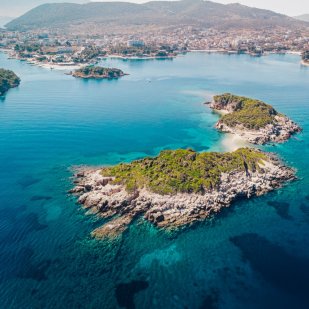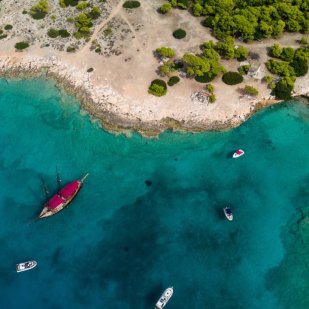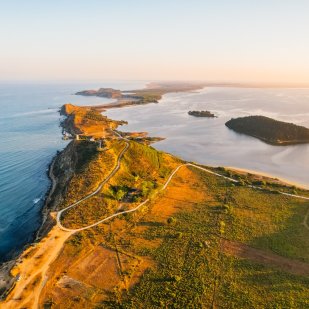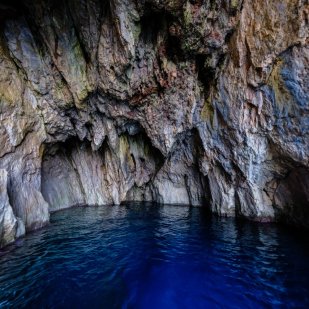Uncovering the Rich History of Albania

Albania’s history is as diverse and fascinating as its landscapes. From ancient civilizations to modern times, let’s uncover the rich historical heritage that shapes this intriguing country.
Ancient Illyria: The history of Albania dates back to the ancient Illyrians, who inhabited the region for centuries. The ruins of Butrint, a UNESCO World Heritage Site, offer a glimpse into this ancient civilization with its impressive amphitheater, temples, and fortifications.
Roman and Byzantine Eras: Albania was an important part of the Roman and Byzantine empires. The city of Durrës, home to the largest amphitheater in the Balkans, showcases the architectural and cultural influence of these periods.
Ottoman Influence: For over 400 years, Albania was part of the Ottoman Empire, leaving a lasting impact on its culture, architecture, and cuisine. The historic town of Gjirokastër, with its well-preserved Ottoman buildings, is a testament to this era.
Independence and Modern History: Albania declared its independence from the Ottoman Empire in 1912. The country’s modern history has been marked by periods of isolation, particularly during the communist regime led by Enver Hoxha. The Bunk’Art museums in Tirana provide a unique insight into this period.
Historical Landmarks: From the ancient castle of Rozafa in Shkodra to the medieval Berat Castle, Albania is dotted with historical landmarks that tell the story of its past. Each site offers a unique perspective on the country’s rich and varied history.
Conclusion: Albania’s history is a tapestry of different cultures and civilizations. Exploring its historical sites and learning about its past provides a deeper understanding of the country and its people. Whether you’re a history buff or simply curious, Albania’s rich heritage is sure to captivate and inspire.
 English
English Italiano
Italiano Shqip
Shqip



